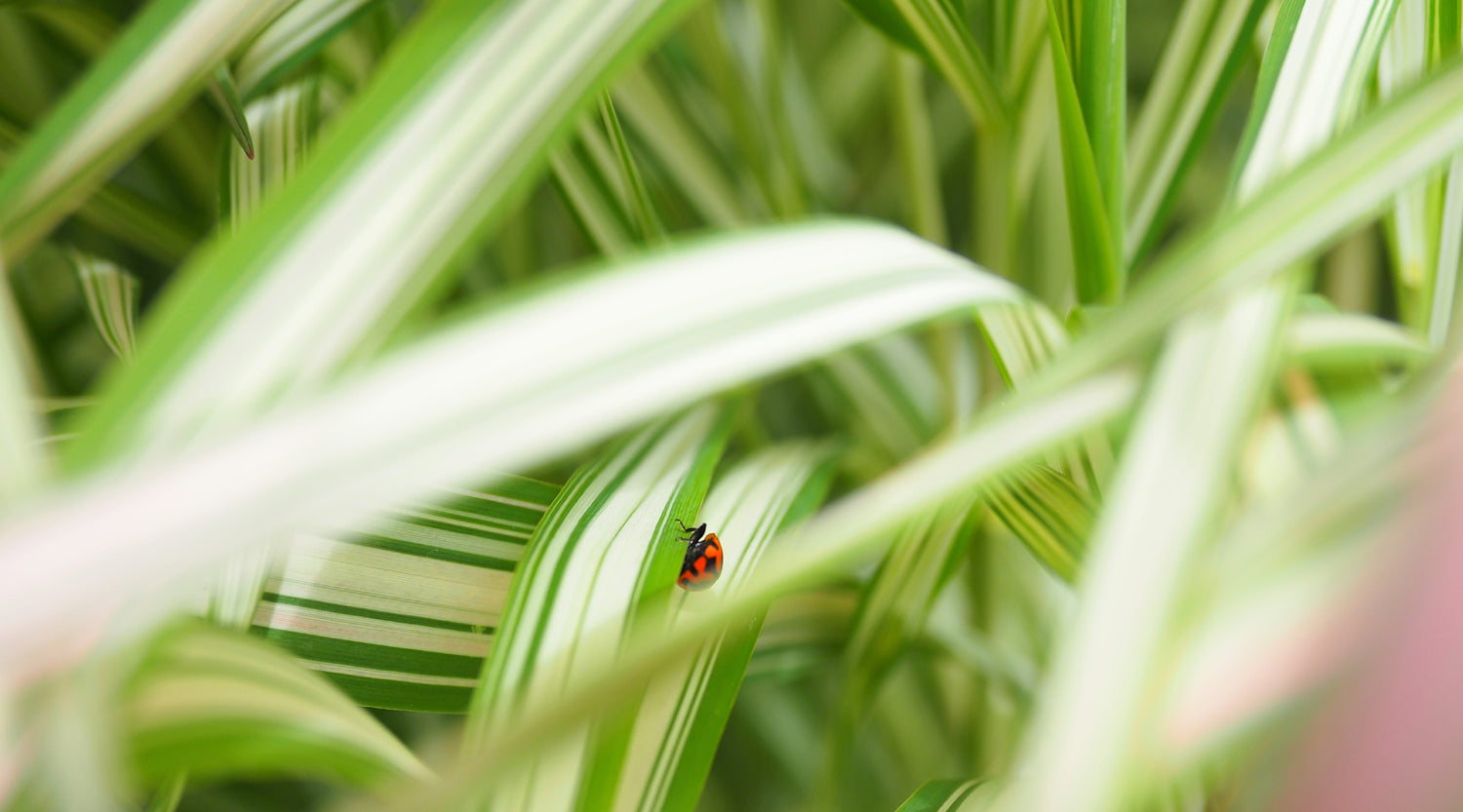How to Grow and Care for Water Lilies in Your Pond
on May 02, 2023
Water lilies are a beautiful and popular addition to any pond or water feature.
These aquatic plants not only add visual appeal, but also provide shade and shelter for fish and other aquatic life. They can be grown from a corm, which is a specialised underground stem that stores nutrients and energy for the plant.
If you're considering adding water lilies to your pond, read on to learn how to properly grow and care for these lovely plants.
Choose the Right Variety of Water Lily
Before you start growing water lilies in your pond, it's important to choose the right variety for your specific conditions. Some water lilies prefer full sun, while others do better in partial shade. Additionally, some varieties are better suited for smaller ponds, while others can thrive in larger bodies of water.
Water lilies are divided into two main categories: hardy and tropical. Hardy water lilies can be grown in all climates of Australia and withstand cold winters if they are planted below the freezing line in a water feature.
At We Know Water Gardens, we specialise in the hardy variety of water lilies. Our water lilies can withstand the cold conditions by going into dormancy over winter.
Depending on what part of Australia you are from, tropical water lilies need to be stored or treated as annuals during the winter months. Both types of water lilies will produce beautiful and unique blooms that float on the surface of the water.
One of the distinguishing features of water lilies is their long stalks, which hold the flowers high above the surface of the water. Colours range from shades of blue and purple in tropical varieties while hardy water lilies are limited to hues of yellow, red, white, pink, and pastel orange.There are both day-blooming and night-blooming varieties. However, hardy water lilies only bloom during the day.
Growing Water Lilies from Corms
Water lilies can be grown from what is known as a corm, which is an underground stem that stores nutrients and energy for the plant.
We believe that water lilies grow best when started from a corm and our collection is sold as a corm.
Here are some benefits of growing water lilies from a corm:
-
Faster growth: When you plant a water lily corm, you can expect the plant to grow much faster than if you were starting from seed. This is because the corm already contains stored nutrients and energy that can help the plant establish itself more quickly.
-
Stronger plants: Water lilies grown from a corm tend to be stronger and healthier than those grown from seed. This is because the corm provides the plant with a solid foundation from which to grow, and the stored nutrients help the plant to develop strong roots and leaves.
-
Better flowers: Water lilies grown from a corm are more likely to produce larger and more vibrant flowers than those grown from seed. This is because the corm provides the plant with the energy and nutrients it needs to produce beautiful blooms.
-
Easier to propagate: Water lilies grown from a corm are also easier to propagate than those grown from seed. Once the plant has established itself, you can divide the corm and replant the sections to create new plants.
Overall, growing water lilies from a corm is a great way to enjoy beautiful, healthy plants that produce stunning flowers.
How to Plant Your Water Lily Correctly.
When planting your water lily, it's important to follow a few key steps to ensure its success. First, choose a pot that is large enough to accommodate the plant's root system. Pond Lilly baskets that are greater then 200 mm in size are
ideal for this. Fill the pot with a mixture of loamy soil (this soil will hold its shape when wet and can usually be found in most backyard gardens). Fill the pot leaving enough room at the top for the plant's crown. Gently place the plant in the pot, making sure the crown is above the soil line. Finally, add a layer of gravel on top to help keep the soil in place and prevent fish from disturbing the roots.
Where to Position and how to Feed your water lilies.
Water lilies require plenty of sunlight to thrive, so it's important to choose a location in your pond that receives at least 6 hours of direct sunlight per day. Additionally, water lilies are heavy feeders and require regular fertilization to promote healthy growth and blooming. Use a slow-release fertilizer specifically designed for aquatic plants, and apply according to the package instructions. With proper sunlight and nutrients, your water lilies will flourish in your pond.
It is recommended to fertilize your plants once a month, but tropical water lilies, in particular, are heavy feeders and should be fertilized generously throughout the growing season to ensure their health and beauty.
If you have a fountain then position the lilly aware from the splash zone as the constant splashing from the water can bruise the leaves and cause the plant to ultimately die.
Control Algae Growth.
Algae growth can be a common problem in ponds with water lilies, especially blanket weed or string algae. To control algae growth, it's important to maintain a proper balance of nutrients in the water. Adding beneficial bacteria to the water can help to break down organic matter and reduce the amount of nutrients available for algae growth.
For the treatment of string and hair algae we recommend using the enzyme based algaecide as regular algaecide can harm and stunt the growth of your lilies. If you are having trouble with green pea sup looking water then, consider adding a UV clarifier to your pond filtration system, which uses ultraviolet light to kill algae and other harmful organisms in the water.
Propagating Water Lilies
At the beginning of spring its best to divide your water lilies as they can become pot bound after a year in the pond . It's relatively easy to do by dividing a mature plant. Simply follow these steps to successfully propagate your water lilies or lotus plants.
To remove a water lily from its container, first lift the container out of the water. Then, gently extract the plant from the container. The corm of the lily is very tough. If it is heavily overgrown then you may need to cut the old pot off. The corm with woody end, this can be thrown away as you'll only need the end with eyes (this is the term for where the leaves shoot from).
When propagating water lilies, it's important to use a sharp knife to cut sections from the tuber. Make sure each section has at least two to three eyes, which are the small bumps on the tuber where new growth will emerge.
For hardy water lilies, plant the rhizome at a 45-degree angle with the growing tip positioned toward the middle of the pot, resting slightly above the soil level. To finish, cover the soil with gravel or a thin layer of sand.
Whether you're looking to create a peaceful oasis in your backyard or simply enjoy the beauty of these stunning flowers, water lilies are sure to delight and inspire.
© weknowwatergardens 2023
Share





